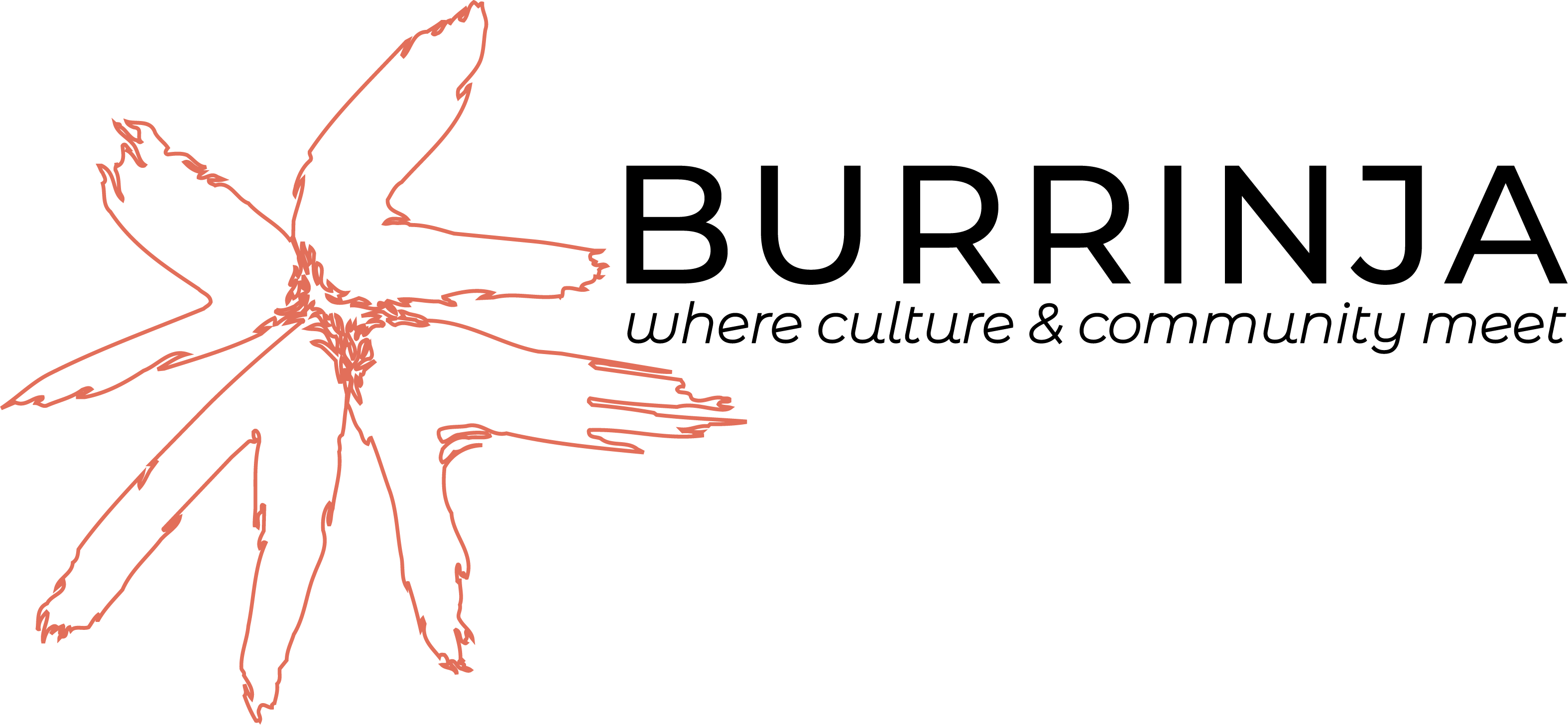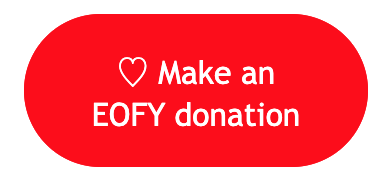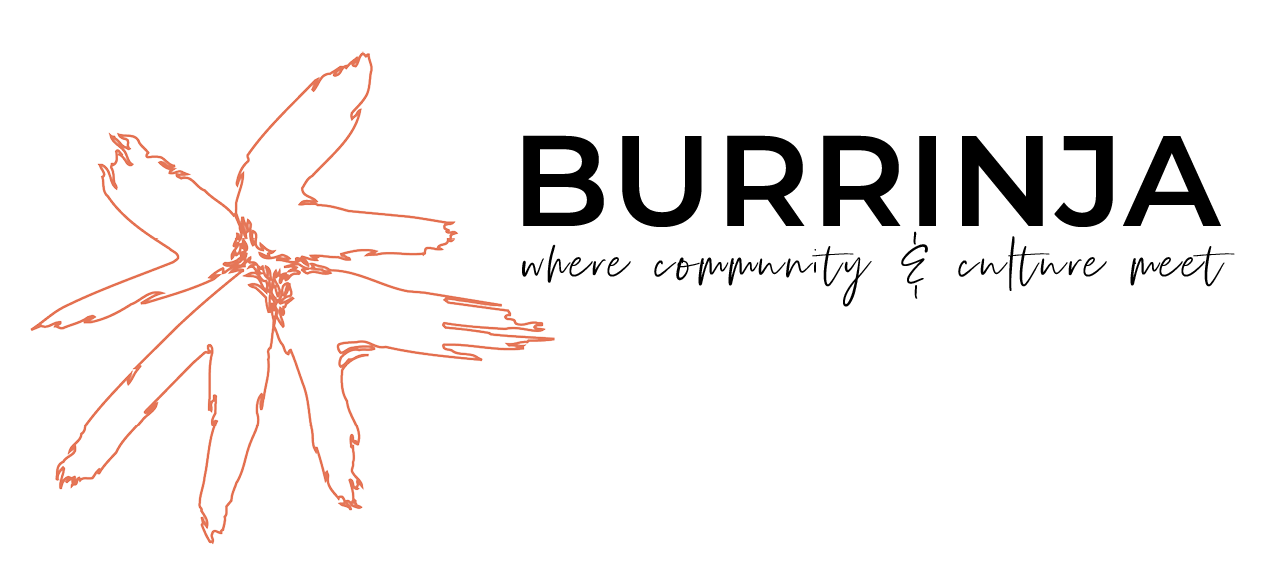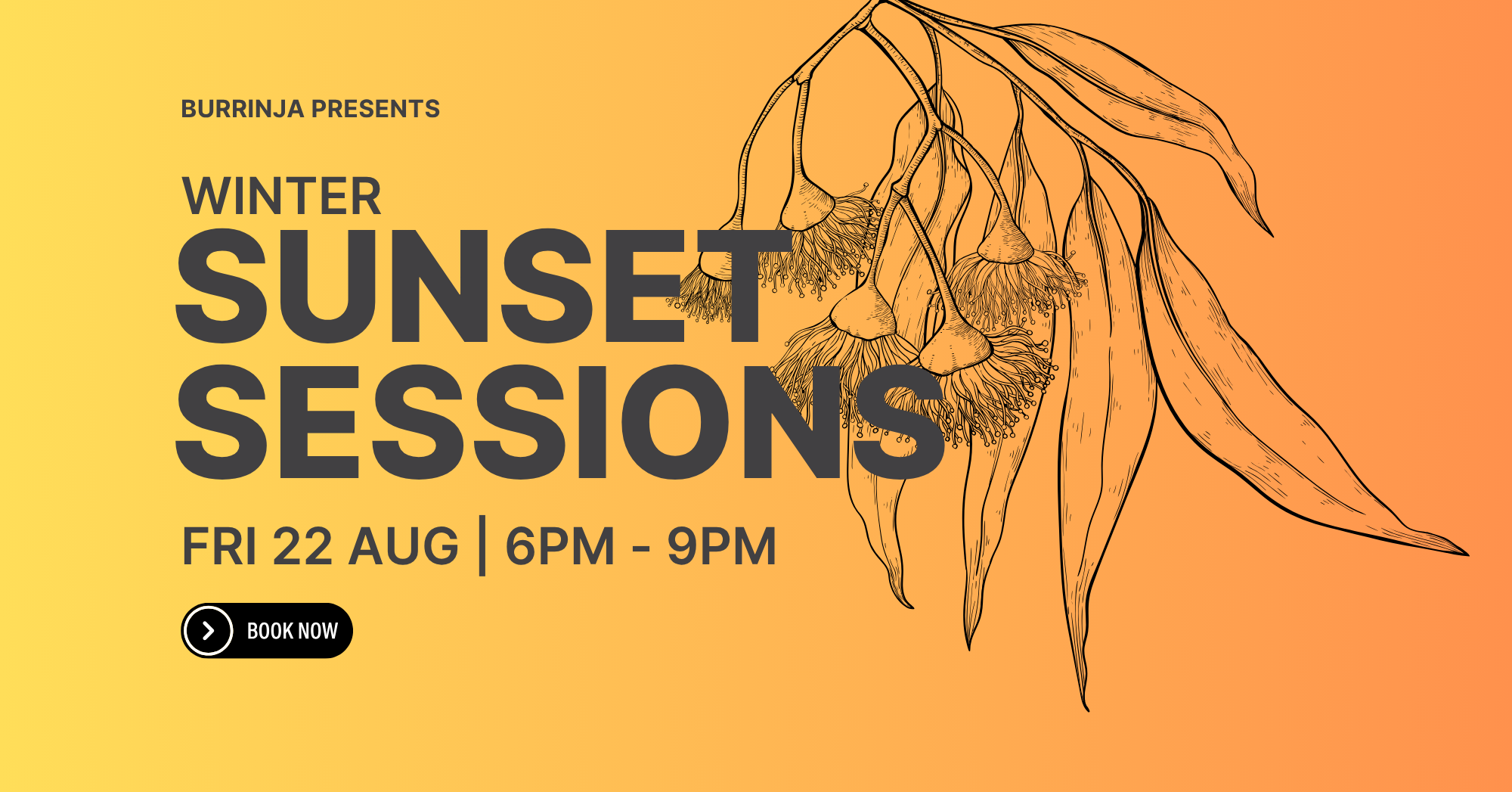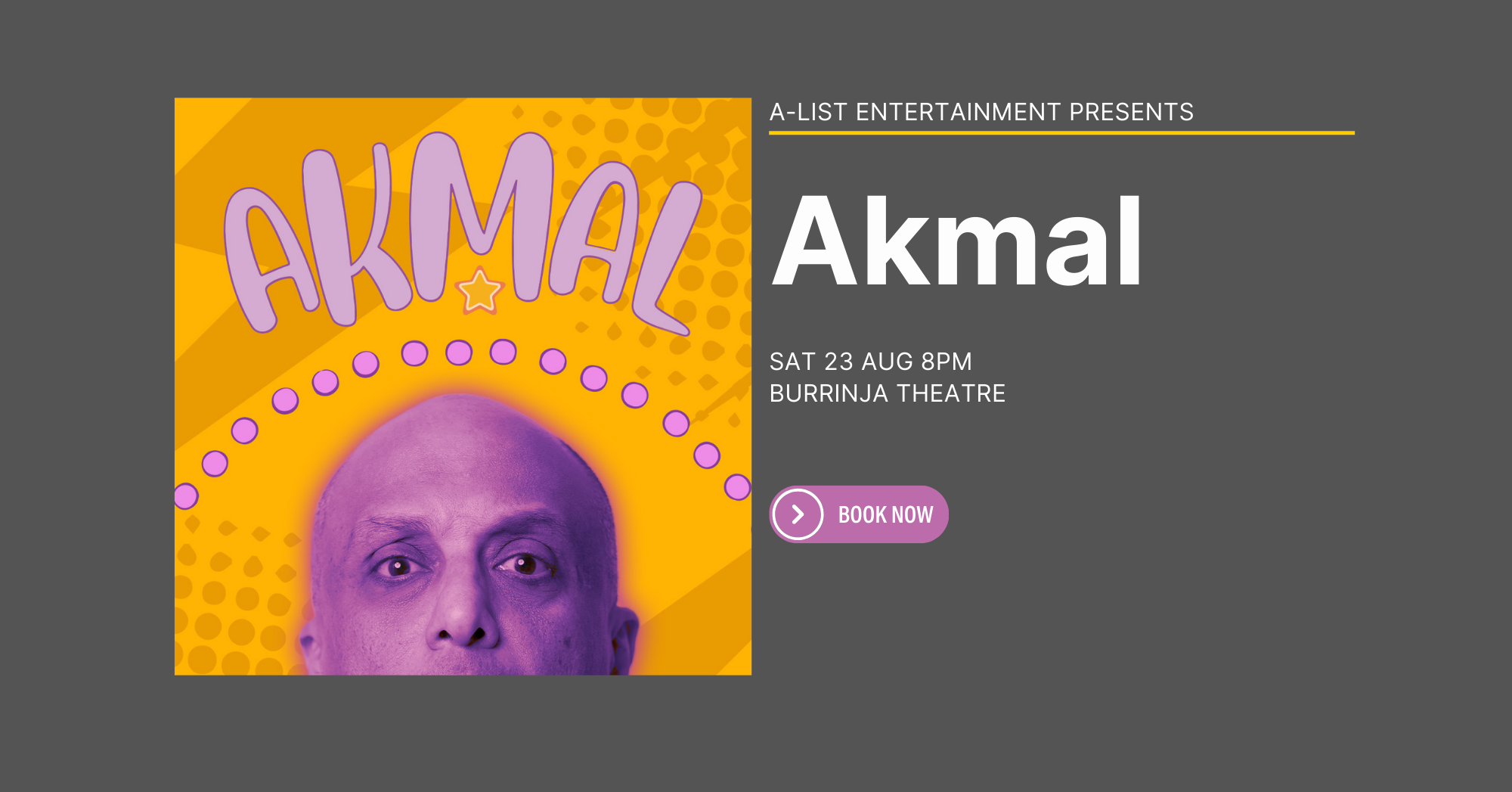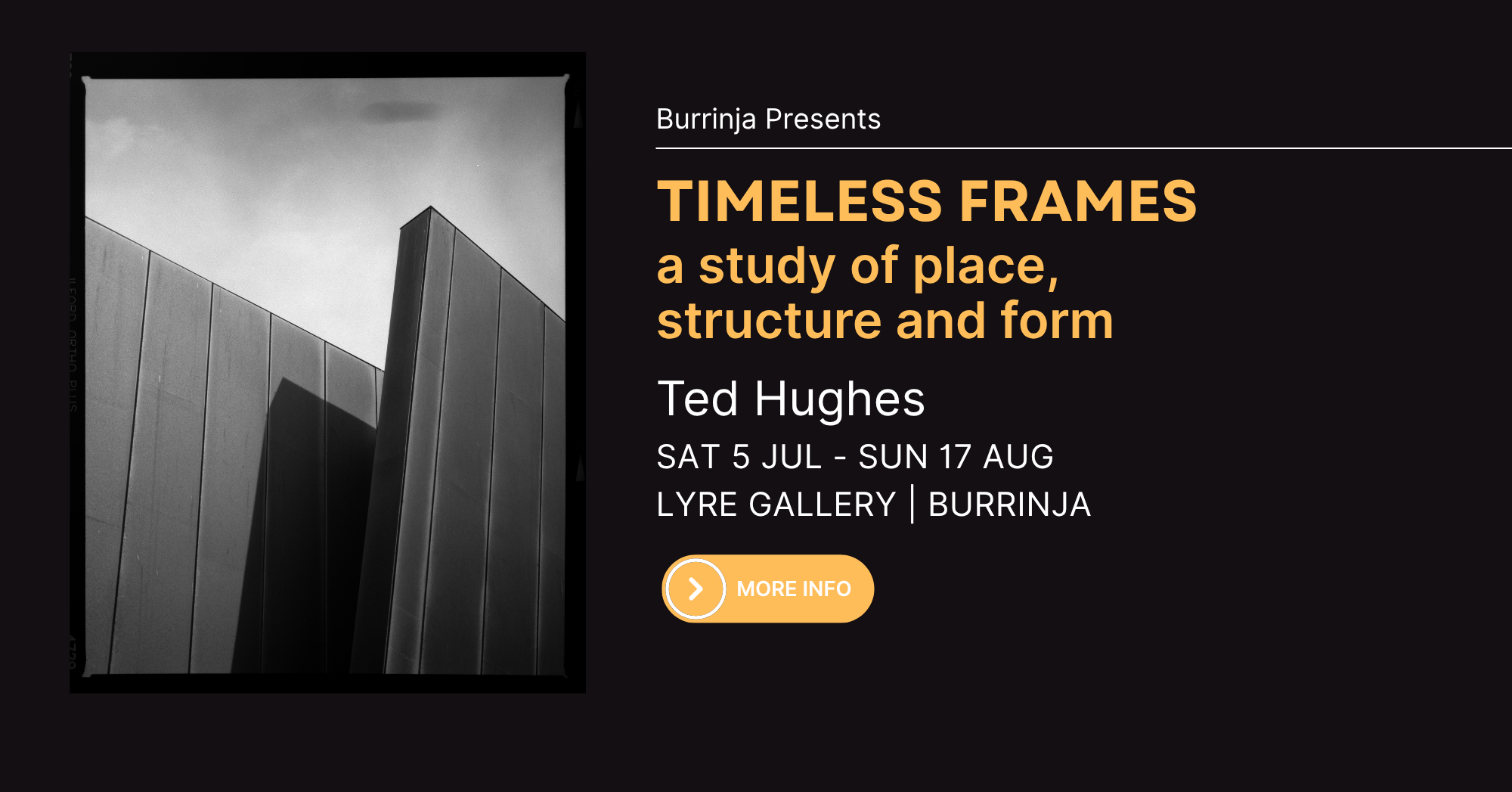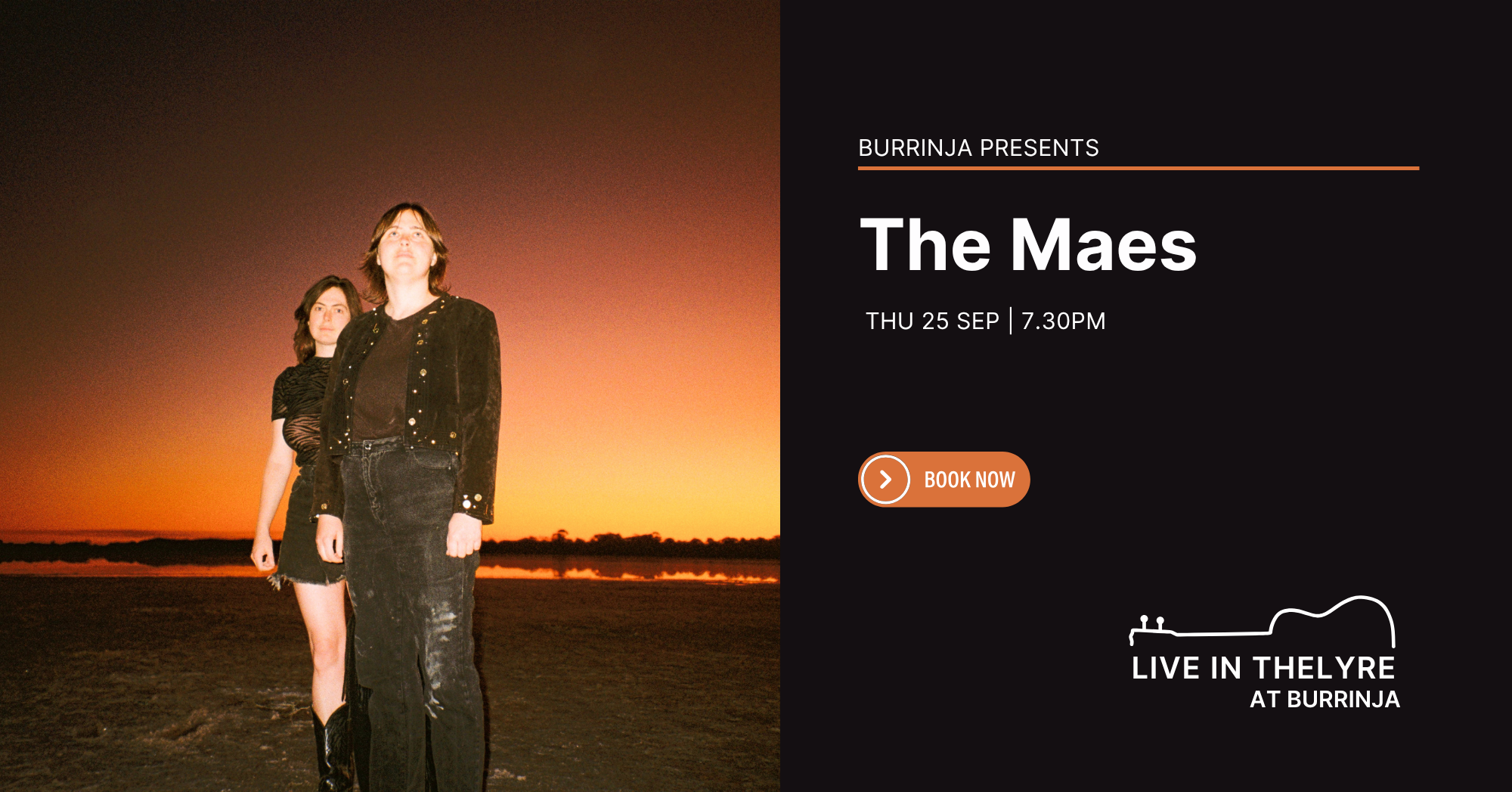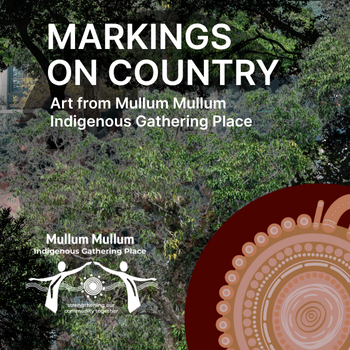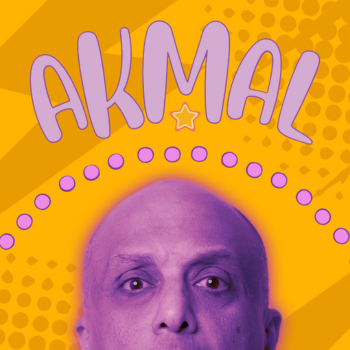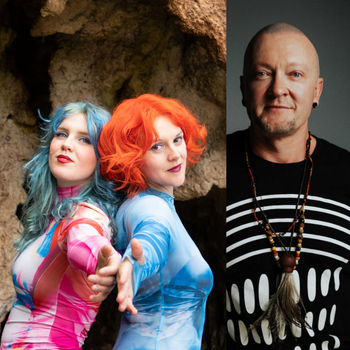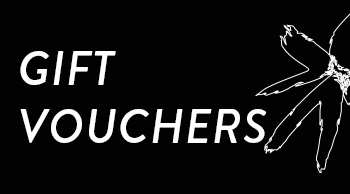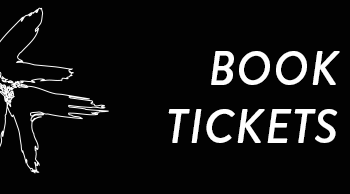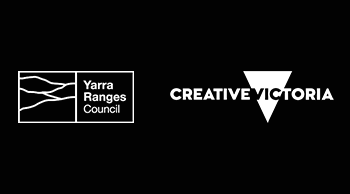Stories of Ancestors
Western Arnhem Land works by the Nganjmirra family from the McLeod Gift Collection
15 January - 27 February 2011
This exhibition draws on works from the McLeod Gift Collection to explore and celebrate the unique artwork produced by Kunwinjku people in the Oenpelli community of the western Arnhem Land region.
Situated in the Top End of Northern Australia, Arnhem Land covers an area of 150,000 square kilometres. It is home to some of the oldest rock art sites in Australia, documenting at least 50,000 years of storytelling tradition etched across the rocky outcrops. The art of this region is known for superb crosshatching or rarrk work and the depiction of the internal organs of animals, birds and fish, often described as X-ray art. Connecting the spiritual and the human, these artworks are icons of place, identity and origin, telling the stories of ancestral beings.
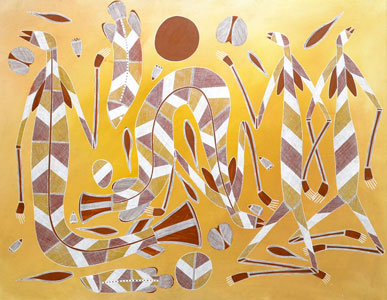
Works in this exhibition have been produced by various members of the Nganjmirra family. These paintings are part of a continuing art tradition handed down through the family for many generations, from the early 1940s and traditional works by master painter and great-grandfather, Nawakadj, through to the present day works of Eva and Lawrence Nganjmirra.
It is believed that ancestors created and painted the first designs, passed on through families following a strict system of apprenticeship. Recreating the actions of ancestral beings through art intensifies the bond between these families, their territory, their history and the ancestral beings. Along with dances, songs and rituals, it is believed that these paintings and drawings hold the power of the ancestral beings.
Stories of Ancestors features artwork by artists from the Nganjmirra family across several generations, including Nawakadj (Bobby) Nganjmirra Barrdjaray (1915 - 1992), his three sons Alexander (1961-2006), Wesley, Peterson, Thompson and his niece Eva Nganjmirra, who currently live in Gunbalanya (Oenpelli) and its outstations in Arnhem Land.
Nawakadj (Bobby) Nganjmirra was a senior artist, storekeeper and one of the last rock painters in Arnhem Land. Bobby taught his sons to paint on bark and rock when the family lived in an isolated bush camp between Alex was raised in the bush near the Goomadeer River in Western Arnhem Land and lives at Gunbalanya. He is part of a continuing art tradition that has been handed down through his family for many generations.
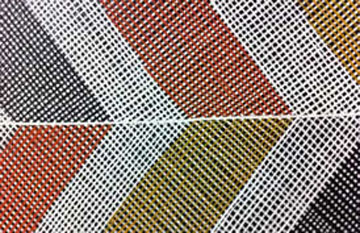
The foundation for the Australian Indigenous art 'industry' today was laid in Oenpelli in 1912 when the first bark paintings were traded for sticks of tobacco. Inspired by the dramatic pictures of x-ray animals and spirits that seemed to be moving and growing in layers of rock, Baldwin Spencer commissioned artists from the region to paint for him on bark as if on rocks. Artists from this area, including the Nganjmirra family, have continued in this tradition, though they now also paint on canvas.
Paintings on bark and rock are still produced in this region, as well as a variety of other materials. This exhibition features ochre works on bark, paper, board and canvas. Natural earth pigment or ochre is still frequently used in this region of Arnhem Land, along with other more contemporary materials.
Techniques showcased in this exhibition include crosshatching or rarrk work, X-ray art and the hand stencils which are traditionally found in many rock art sites in the region. Rarrk is the technique of painting a group of lines first one way, then crossing over them with lines going in the opposite direction. The shapes made between the crossed lines traditionally were diamond shaped as the lines were painted diagonally.
In Western Arnhem Land the rarrk is usually used to fill in the outlined images of the painting with the background being plain. Other areas of Arnhem Land use the rarrk work to cover the entire painting. Brushes were traditionally made from grasses and bark. The bark or twigs were chewed to make them pliable. For very fine rarrk work several long hairs were tied together and used as a brush.
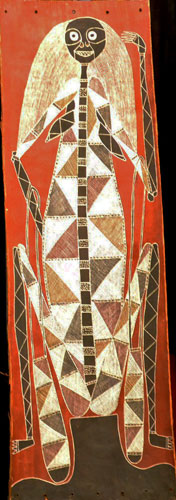
Station Rats and other Scum Bags
Tiffaney Bishop and the SCUM PUPS
1 February - 14 March 2009
The Scum Pups project began in late 2008, when Burrinja offered a group of local young people the opportunity to take part in a one-off art project that supported them in expressing their opinions and experiences about daily life in their community.
Burrinja invited Tiffaney Bishop, a local photographic artist, to facilitate the project, which resulted in a photographic exhibition called We're Afraid of the Daylight. The exhibition attracted widespread praise and community support, inspiring the group to devise an ongoing interactive art program that embraces young people and adults and makes vital social, cultural and community connections between the two.
The initial project set out to challenge local perceptions about the level of safety within the community and was deliberately confrontational, without being counter-productive. Positive community engagement between young people, senior police, railway officials, local government, local traders and residents resulted. The project galvanised locals reignited community spirit and lead to a groundswell of interest in supporting further activities of this kind.
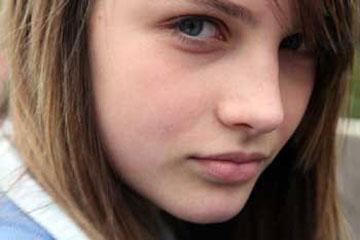
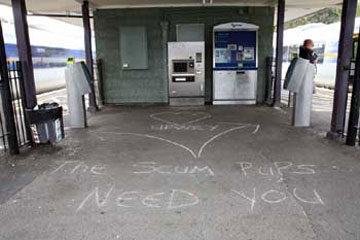
During the first exhibition, a large number of young people came forth to endorse the stories these young people were telling and congratulated them on speaking out. Whilst the SCUM PUPS are less concerned about this type of violence since completing the first project, believing they are now more confident, empowered and supported, they are still concerned about the way they are judged and valued in the community. The current project is more about young people's desire to be respected, better understood and supported within the broader community.
On closer inspection, young people face some serious pressures in this community. Boredom, lack of support, learning difficulties, feelings of isolation and loneliness, depression and family troubles are part of everyday life for many local young people. Some of these young people lead complex lives, lives that are impacted by experiences and concerns that other teenagers don't have to deal with. To gloss over these concerns often means young people have trouble moving on and developing in positive ways.
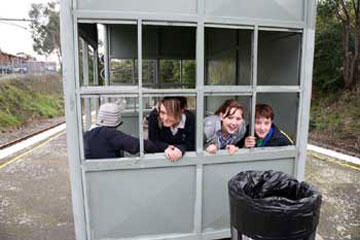
The long-standing reputation for youth violence and anti-social behaviour in Upwey lead to young locals being referred to as Upwey Scum, a negative tag that created a serious identity crisis for many young people in this community and lead to the stigmatisation of all young people of Upwey.
The group named themselves the Scum Pups in an attempt to reverse this stigma, to reclaim a sense of dignity and respect by using the word Scum in a positive, activist and empowering way.
For twelve months the SCUM PUPS were involved in weekly workshops held directly on the Upwey train station and in doing so they connected in more meaningful ways with their peers and adults within the community. The participants developed a sense that their opinions and concerns matter, that they were important.
The Exhibition Station Rates and other Scum Bags was an effort to have adults and young people work together and produce work collectively. The resulting works were deliberately unsigned as all the images are of a high standard and don't necessarily identify the author as adult or youth. Text was an important part of the group's methodology and when combined with the images, produces powerful narratives about youth issues and community life.
At times the work was unashamedly provocative, dark and confronting at times, but real. The provocative title meant to be read "tongue-in-cheek", in order draw attention and challenge perceptions of young people in the local community.
The project was proudly supported by: Victoria Police and Metro Trains, and sponsored by Burrinja, Shire of Yarra Ranges, Bendigo Bank, Bell Real Estate and Foodworks.
Ronnie Sexton: Aisling Gheal (Bright Dream)
16 October 2008 - 11 January 2009
Award winning Irish born sculptor Veronica "Ronnie" Sexton trained at London College of Furniture, and obtained her Graduateship and Higher Diploma in Woodcarving and Gold Leaf Gilding at City and Guilds of London Art School. On completing art school, Ronnie worked for several years in restoration, including extensive work on Windsor Castle. She has also worked on commissions in the USA, Malaysia and Ireland. Ronnie's strict classical training in Gothic, Baroque and Rocco woodcarving has evolved into a more relaxed and freer flowing style event in her work in this exhibition.
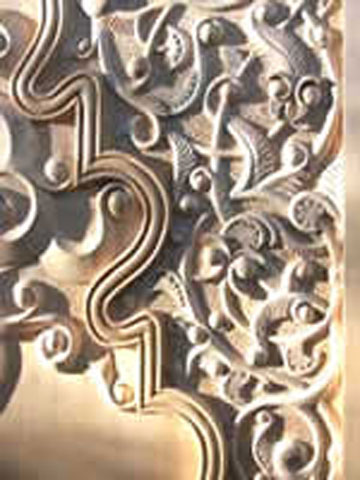
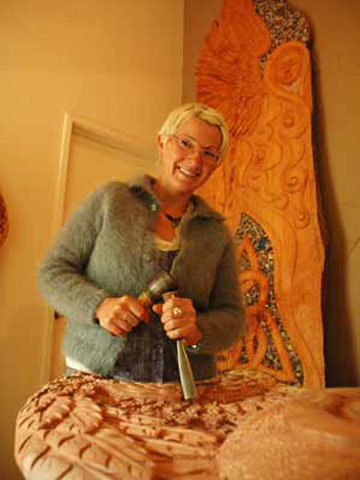
Ronnie always believed that there would come a time that "I would take what I had learned from traditional wood carving and allow it to evolve into sculpture". Her up and coming show, "Aisling Gheal" (meaning 'Bright Dream'), represents this change. Ronnie predominately works from salvaged timber from the Dandenong Ranges and her works vary in height to 3.5 metres.
'Faceless Angel', is the first of Ronnie's wood carved sculptures where the work has evolved through the natural characteristics of the timber. Unlike classical carving where it is important to have an unblemished piece of timber, here the individual characteristics of the timber such as knots and cracks become the fundamental features of the work itself. This works also signifies the incorporation of crystals into Ronnie's work for the first time.
Since the creation of 'Faceless Angel', many of Ronnie's recent works use slabs of wood that have imperfections. "I believe that we should work with Mother Nature, rather than making her work for us, that is why I leave the bark on and I work with knots, cracks and imperfections and incorporate them in my overall design". Ronnie says that while her work lends itself to various cultures it is not religious, she has evolved a distinctive style that is heavily influenced by her Celtic origins. Celtic crosses, spirals and knotwork meld with angels, wings, crystals, rocks and glass. Feminine energy and the fusion of cultures also play a significant role in Ronnie's work. "We must stop looking at our differences and see that we all come from the same source, that is why I'm interested in all religions and cultures and I feel comfortable to incorporate their imagery and symbolism in my work".
The Melbourne Reef Exhibition
A satellite of the worldwide Hyperbolic Crochet Coral Reef Project, created by Margaret and Christine Wertheim of the Institute for Figuring in Los Angeles
9 October 2010 - 9 January 2011
The Melbourne Reef Exhibition was presented at Burrinja as a satellite of the worldwide Hyperbolic Crochet Coral Reef Project which was created in 2005 by Australian sisters Margaret and Christine Wertheim at The Institute For Figuring in Los Angeles.
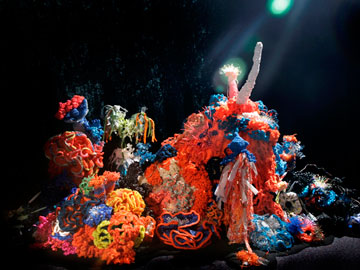
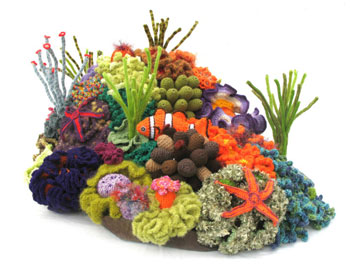
This unique global community art project fused higher mathematics, crochet, environmental awareness and marine biology. Capturing the imagination of people all over the world, 'Satellite Reefs' have now being made on almost every continent. The Melbourne Reef is one such satellite reef.
Aiming to draw attention to how pollution, ocean acidification and rising global temperatures are destroying one of the worlds largest natural wonders the project soon went viral, people all over the world were picking up their crochet hooks.
For the Melbourne Satellite 473 contributors from 68 locations, ranging in age from three- to 95-year olds, contributed. The Melbourne Reef incorporated three different reefs: a bleached reef highlighting the effects of global warming on the delicate ecology of coral reef systems, a toxic reef emphasising the damage plastic waste is doing to our water systems, and a gorgeous, colourful woollen reef celebrating the healthy reef in all its splendour.
The original reef, or parts of it, have been exhibited all over the globe in some of the most prestigious galleries in the world including: The Science Gallery, Dublin; The Hayward, London; Cooper Hewitt National Design Museum, NY, and the Smithsonian's National Museum of Natural History.
